Analogue Tachograph Analysis
Review tachograph data to make informed decisions on your Driver & Vehicles.
Take action on clearly highlighted infringements.
Analogue Analysis
Analogue Analysis is still used in older vehicles, so we still provide it so you can get the package to suit your needs!
At TachoMagic, our Analogue Analysis provides you with a reliable service to ensure that all your Drivers are complying with the Working Time Directive, and other driver rules, helping keep everyone out of trouble.
What Is An Analogue Tachograph?
An Analogue Tachograph is a calibrated instrument that is capable of recording time, speed, distance, and the driver's activities onto a circular paper chart, covered in wax. Each one can record a period of 24-hours.
The inner part is used by the Driver to write the details of their name, date, odometer readings, the location at the start of the journey, and at the end of the journey.
If you are still using paper charts, our system can automate the collection and analysis of the data, and combine it with your digital data to reduce the time you spend to a minimum.

What Is Analogue Tachograph Analysis?
Once the analogue data is uploaded, the analysis allows Transport Managers and Road Transport O License operators to analyse their Driver's and Vehicle's data. This is used to ensure drivers are following rules and regulations, track vehicle utilisation, and much more!
What's The Difference Between Analogue and Digital?
Analogue requires the driver to manually enter their details, recorded onto paper, whereas digital tachographs automatically stores all the information on the card. Digital tachographs are a lot more time efficient that analogue, but may not always be possible in older vehicles.
Analogue Tachograph Analysis Pricing
We offer simple pricing for analogue analysis with no hidden fees or registration costs.
Analogue Analysis
Pay Per Chart
- 97p per Chart
- (Post Your Charts to Us)
- --------
- Online Reports
- Analysed by TachoMagic
- Detailed Infringement Reports
- Analysis Available Online
- Pay Per Chart
Common Analogue Tachograph Questions
How To Change Time On Analogue Tachograph
The majority of Analogue Tachographs have a thumb wheel to adjust the clock, which can be accessed from inside the 'head' instrument, with the head in the 'open position'.
Be careful though!
Because the clock on the face of the instrument is a 12 hour clock, and the chart covers a period of 24 hours, the clock has to rotate through two 12 hour periods for one turn of the chart.
When Must An Analogue Tachograph Be Calibrated?
Analogue tachographs must be inspected and re-calibrated every two years.
If the vehicle registration changes and/or if an alteration to the circumference of the tyres changes, it must be re-calibrated straight away.
What Do The Analogue Tachograph Symbols Mean?

Drive: Records the time a Driver is using a vehicle and the engine is running (this includes when parked, and engine is left on).
Other Work: Don't worry, this doesn't mean you support West Ham! This is when a Driver is still working, but is doing other work than driving (meaning the engine is off). This can include the likes of moving items from a stationary vehicle.
Available: This is when the vehicle engine is off, but the Driver must be available to resume driving, or take calls.
Rest/Break: This speaks for itself - it's for when the Driver is resting or taking a break, both during work hours and when they’re off shift.
Testimonials
Customer Satisfaction Guarantee
If you are not completely satisfied with the products you purchase from us, return them in their undamaged, original packaging within the first 60 days of receipt, and we will send you a full refund.
